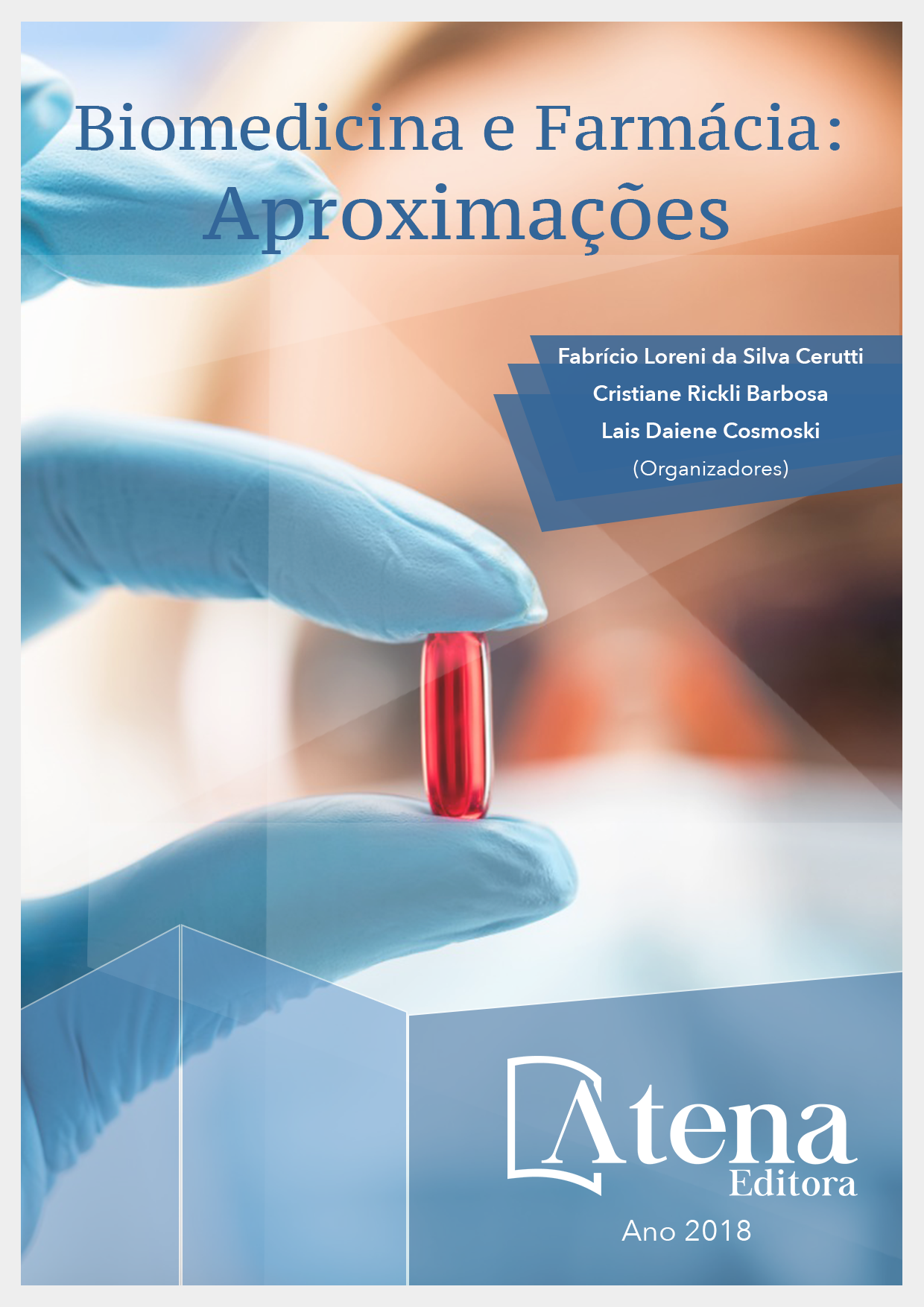
OTIMIZAÇÃO DO MÉTODO DE ELLMAN PARA A DETERMINAÇÃO DA ACETILCOLINESTERASE EM ERITRÓCITOS
Alguns agrotóxicos como os
carbamatos e organofosforados podem levar
a quadros graves de intoxicação devido a
inibição das colinesterases, sendo que uma
das formas de auxiliar no diagnóstico é a
determinação da atividade destas enzimas
no sangue. Porém, algumas condições
metodológicas são importantes para o ideal
desempenho das enzimas. Assim, o objetivo
deste trabalho foi avaliar possíveis condições
que otimizem a metodologia proposta por
Ellman e colaboradores a fim de alcançar
uma melhor reprodutibilidade. O método foi
adaptado para a determinação da atividade
da acetilcolinesterase em eritrócitos. Foram
testadas algumas possibilidades de interferência
nos resultados, como o comprimento de onda
espectrofotométrico, temperatura, tempo de
incubação, diluição e agitação da amostra.
A atividade enzimática da acetilcolinesterase
mostrou-se variável, conforme as mudanças
ocorridas, após diferentes condições
estabelecidas para a reação. Foi possível
perceber que as amostras sob agitação e
aquelas submetidas a incubação, apresentaram
resultados mais homogêneos, diminuindo o
erro padrão. A temperatura e o comprimento
de onda também apresentaram considerável
influência na atividade enzimática. As amostras
completamente misturadas em seu meio de
reação durante o preparo, expressaram menor
dispersão entre os resultados das triplicatas.
Desta forma, sugerimos uma agitação vigorosa
da solução antes das leituras das absorbâncias
para obtenção de melhores resultados, além
da temperatura controlada em 37ºC durante as
leituras em espectrofotômetro a 405nm.
OTIMIZAÇÃO DO MÉTODO DE ELLMAN PARA A DETERMINAÇÃO DA ACETILCOLINESTERASE EM ERITRÓCITOS
-
DOI: Atena
-
Palavras-chave: atividade enzimática, colinesterase, interferentes.
-
Keywords: enzymatic activity, cholinesterase, interference.
-
Abstract:
Some pesticides such as
carbamates and organophosphates cause
serious poisonings because of the inhibition of
cholinesterases. One way to diagnosis those
cases is through the determination of enzyme
activity in the blood. However, some conditions
are important for the best performance of the enzymes. Thus, this work aimed to
evaluate possible conditions to improve the methodology proposed by Ellman and
collaborators in 1961. The method was adapted for the determination of erythrocyte
acetylcholinesterase activity. Some possibilities of interfering in the results were tested,
such as spectrophotometer wavelength, temperature, incubation time, dilution of
sample and shaking. The enzymatic activity of erythrocyte acetylcholinesterase was
shown to be variable as the changes occurred after different conditions established for
the reaction. The samples under agitation and those submitted to incubation showed
results more homogeneous, reducing the standard error. Temperature and wavelength
also had considerable influence on erythrocyte acetylcholinesterase activity. The
samples that were best mixed with the buffer during the preparation expressed less
dispersion among the results of the triplicates. Thus, we suggest a vigorous solution
shaking before readings the absorbance for better results, in addition is necessary to
control temperature at 37ºC during spectrophotometer readings at 405nm.
-
Número de páginas: 15
- Fabiana Sari Ferreira


